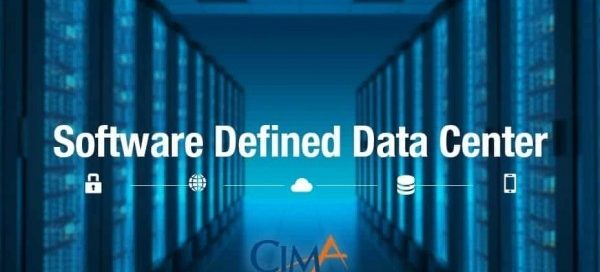In the first post in this series, we briefly touched on the advantages of deploying a software defined data center, and how it could help IT leaders deliver on the higher expectations placed on them during the cloud era. Now, we’d like to return to that idea, to give you a closer look at the benefits you might hope to achieve by deploying a software defined data center. It’s our hope that this post will help you understand why there is so much excitement surrounding the idea of SDDC.
1. Reduced CapEx and OpEx
With capital expenses constituting such a large portion of overall IT costs, especially given the rapid growth of business data organizations need to account for, anything that can help cut down on CapEx can certainly go a long way toward ensuring IT success. SDDC fits the bill, as it helps cut down on expensive infrastructure investments throughout the data center environment.
Less obvious, but equally helpful, are the reductions in operating expenses that SDDCs can enable. By streamlining operations for things like capacity planning, compliance, monitoring and automation, the software defined data center can help remove inefficiency, which is one of the chief sources of avoidable operating costs found in traditional data center setups.
2. Increased speed of IT service and application delivery
We are living in a world where IT is increasingly moving beyond its traditional role of supporting the business, to become a key driver of business value itself. Nowhere is this change clearer than when it comes to delivering new IT services and applications.
When users request new services and applications, they now expect to receive them within minutes, and with dependable, high-quality results. A software defined data center can enable IT to meet these increased expectations by providing streamlined and automated operations. With policy-driven automation, IT can now offer users a catalog of standardized services, all of which can be delivered quickly and with no manual involvement from the IT team.
3. Built-in security controls
The first virtualized data centers presented a conundrum for those administrators trying to protect them: traditional security measures, which are based around physical firewalls, are impractical for protecting virtualized data center environments.
Fortunately, in a software defined data center, where the entire infrastructure is virtualized (including the network), administrators no longer have this problem. Security features that would not be possible with other virtualized data centers can easily be built in the SDDC environment. For instance, each individual virtual network can be isolated from other virtual networks and the physical network under it. This allows administrators to perform microsegmentation, where security controls are applied to virtual machines individually or in small groups. This helps IT teams greatly increase the security and compliance of their data center.
4. Increased uptime and ease of failover
In every IT organization, ensuring the maximum level of uptime possible for the data center is a high priority. A software defined data center can help make this a possibility by enabling increased flexibility and speed for disaster recovery planning.
Since a software defined data center is unified and consistent across all physical or cloud infrastructure, the failure of an individual component won’t lead to the unavailability of data. In addition, workloads are completely software defined. Everything that’s required to run an individual workload—whether it’s networks, security policies, or storage capabilities—is defined in the software. This means that the entire workload can be failed over easily, and then brought back online with no need to reconfigure components. As a result, IT teams are able to better support the business by maximizing the availability of the data center.
Final thoughts
We hope you've found this three-part exploration of the software defined data center helpful, and that you're now in a better position to take advantage of everything the SDDC has to offer. If you have more questions about SDDC, or you're ready to get started planning your SDDC environment, contact Cima today.


Leave a comment!